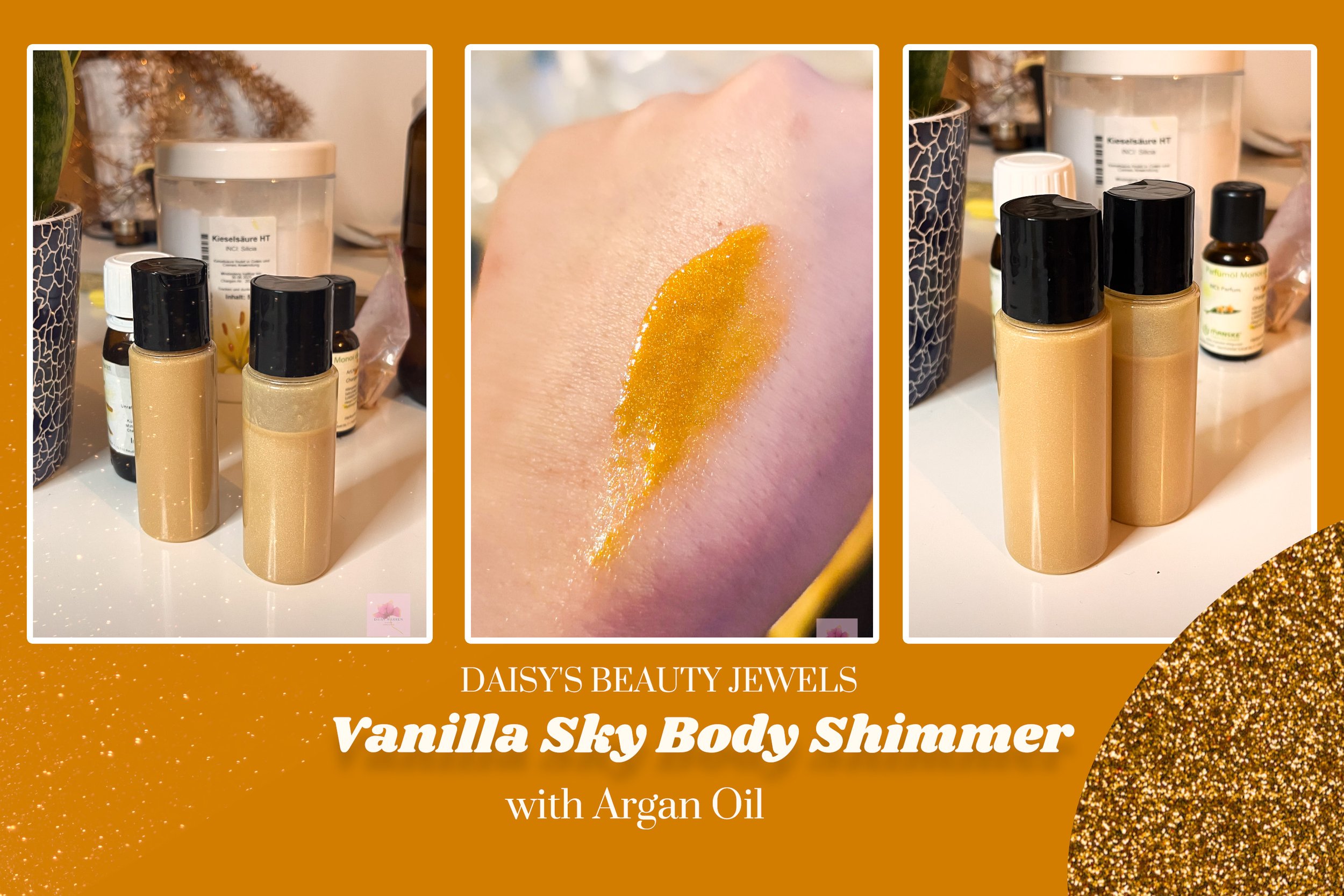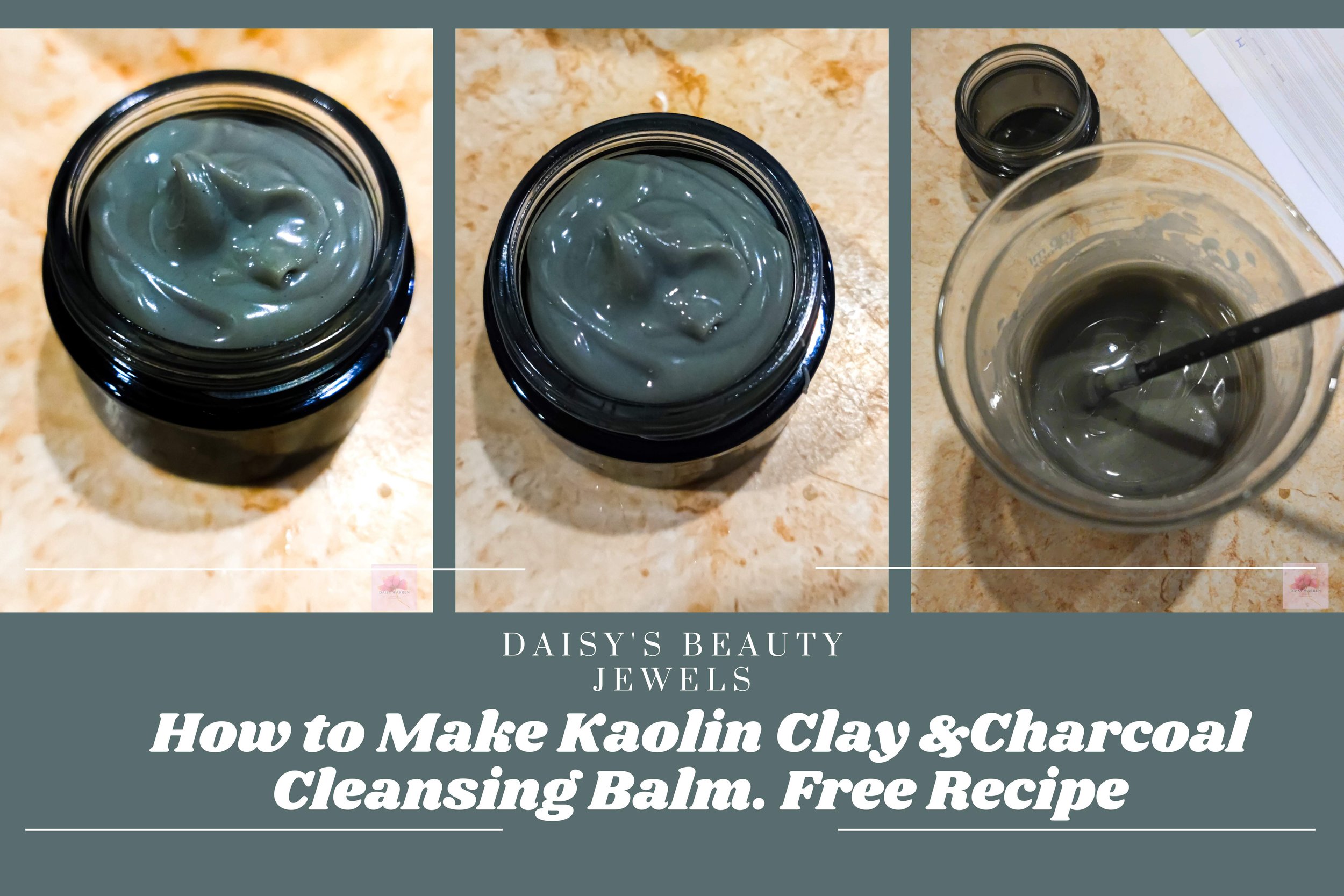How to make conditioner bars with Danox HC 30
Conditioner bars have gained popularity due to their eco-friendly packaging and convenience for travel. By formulating your own conditioner bars, you can customize the ingredients to suit your hair type and preferences. In this guide, we will walk you through the process of creating your own personalized conditioner bars.
What is a Conditioner Bar? A conditioner bar is a solid form of hair conditioner that eliminates the need for plastic packaging typically associated with traditional liquid conditioners. They are made by combining conditioning ingredients, oils, and emulsifiers into a solid bar form that can be rubbed onto the hair or lathered between the hands. When applied, they help to moisturize, detangle, and nourish the hair, leaving it soft, manageable, and healthy-looking.
What are the types of ingredients we need to use in conditioner bars?
1. A cationic emulsifier is a must.
2. Oil-based thickener: Cetyl Alcohol, Stearic Acid, Behenyl Alcohol, Myristyl Myristate, Cera Bellina, etc.
3. Oils and butters (coconut oil, Argan oil, Brocolli seed oil, cocoa butter are perfect for hair-care products)
4. Actives (hydrolyzed proteins, extracts, vitamins, etc)
5. Extra conditioning and detangling ingredients (silicones, Polyquarteniums, Honeyquat, Wheatquat, etc)
6. Preservative
7. Fragrance or essential oil (optional)
8. Colorant (optional)
9. Humectant (optional) - Glycerine, Sodium Lactate, Propanediol etc.
What Cationic Emulsifiers Can You Use in Conditioner bars?
Cationic emulsifiers are essential components of conditioner bars, as they help blend water and oil-based ingredients together while providing conditioning properties. Some commonly used cationic emulsifiers in conditioner bars include:
BTMS 50 and BTMS 25
BTMS 50 and BTMS 25 are both cationic emulsifiers commonly used in hair care products, including conditioner bars. The main difference between them lies in their composition and the concentration of active ingredients. Here's a breakdown of their characteristics:
BTMS 50:
Composition: BTMS 50 is composed of Behentrimonium Methosulfate (BTMS) and Cetearyl Alcohol.
Concentration: BTMS 50 typically contains around 50% active ingredients and 50% fatty alcohol (Cetearyl Alcohol). The higher concentration of active ingredients allows for better conditioning properties.
Function: BTMS 50 acts as a conditioning agent and emulsifier. It provides excellent detangling, softening, and smoothing effects to the hair.
BTMS 25:
Composition: BTMS 25 is also composed of Behentrimonium Methosulfate (BTMS) and Cetearyl Alcohol.
Concentration: BTMS 25 contains approximately 25% active ingredients and 75% fatty alcohol (Cetearyl Alcohol). The lower concentration of active ingredients means it provides slightly milder conditioning effects compared to BTMS 50.
Function: Like BTMS 50, BTMS 25 acts as a conditioning agent and emulsifier. It helps to improve the manageability and softness of the hair.
Choosing between BTMS 50 and BTMS 25 depends on the specific needs of your hair and the desired level of conditioning. BTMS 50 is often preferred for its stronger conditioning properties, making it suitable for dry or damaged hair. On the other hand, BTMS 25 may be a good option for those with normal or less demanding hair types who prefer a lighter conditioning effect. It's worth experimenting with different formulations and concentrations to find the ideal balance for your hair.
Varisoft EQ 65 (Distearoylethyl Dimonium Chloride and Cetearyl Alcohol): This emulsifier provides excellent conditioning and detangling properties, leaving the hair feeling soft and smooth.
When formulating conditioner bars, incorporating Varisoft EQ 65 can significantly enhance their conditioning properties. It contributes to soft, manageable, and detangled hair while providing a pleasant sensory experience. However, as with any ingredient, it's important to follow recommended usage guidelines and conduct proper testing to ensure compatibility and effectiveness in your specific formulation.
Moreover, it's Ecocert, so yay!
Danox HC-30 (Behenamidopropyl Dimethylamine (and) Dipalmitoylethyl Hydroxyethylmonium Methosulfate (and) Cetyl Alcohol (and) Stearyl Alcohol (and) Lactic Acid)
Danox HC 30 is a versatile hair care ingredient known for its conditioning and emulsifying properties. It offers several benefits for different hair formulations:
Conditioning: Danox HC 30 leaves the hair soft, smooth, and manageable.
Emulsifying: It helps blend oil- and water-based ingredients, creating stable formulations.
Moisturizing: Danox HC 30 hydrates and improves the texture of the hair.
Detangling: It reduces knots and tangles, minimizing breakage.
Recommended Usage Levels: The optimal usage level of Danox HC 30 may vary depending on the desired effect. For hair treatments, it can be used up to 12% in formulations for very damaged hair and up to 70% in solid conditioner bars.
Benefits: Incorporating Danox HC 30 into your hair formulations provides the following benefits:
Enhanced Conditioning: Danox HC 30 improves the hair's softness, smoothness, and manageability.
Emulsification: It helps blend oil and water-based ingredients for stable formulations.
Moisture Retention: Danox HC 30 hydrates the hair, improving its overall appearance and texture.
Detangling and Breakage Prevention: It reduces knots and tangles, minimizing breakage during combing.
Please note that it's important to conduct appropriate testing and adjust the usage level based on your specific formulation requirements and desired results.
I will only share cationic emulsifiers that I have personally worked with for use in hair care formulations, as there are many available options and I can not possibly buy all of them lol.
If you want to learn how to make conditioner bars, then this formula will give you a good start. I tried to keep things simple and it was so difficult for me because I have so many ingredients I want to play around with📖.
Now that you know the basics for formulating conditioner bars let's take a look at the Conditioner Bar with Danox formula
Detangling Conditioner Bars with danox hc30
INSTRUCTIONS:
1. Weigh the A-phase ingredients and melt them in a double boiler.
2. In the meantime, measure the B phase (cool-down phase) ingredients and warm them up to about 35–40 C.
3. Once everything is melted and the B phase has reached 35–40 °C, take the beaker off the heat and combine them. Mix very well to make sure everything is well combined.
4. Pour into molds. This batch makes 2 40–45 g conditioner bars.
5. Place your molds in a freezer to cool your bars properly. If you leave them sitting on your counter at room temperature, your bars will cool down slowly, and you could get grainy, uneven bars.
6. Take your bars out and let them air dry for about 24–48 hours before using.
Check out my FREE Conditioner Bar Calculator
More formulations are to come so stay tuned😉.
If you have any problems or questions, feel free to reach out.
If you want to take your formulation game to the next level, consider purchasing a Formulation Journal or Ingredient Research Journal to keep your formulating notes and formulas organized. You can check them out here (A4 size, color interior, more than 200 pages)
6x9 Formulation Journals, black&white interior pages., 240 pages
Use my Airtable Base developed specifically for formulators and small business owners to keep track of all your formulas, ingredients, expenses, batch tracking, costs, etc.
DISCLAIMER: Daisy’s Beauty Jewels blog is reader-supported. When you buy products through Amazon links in my blog I may earn a small affiliate commission
This website participates in the Amazon affiliate program; as an Amazon Associate, I earn from qualifying purchases.
CHECK OUT MY INSTAGRAM




































































































